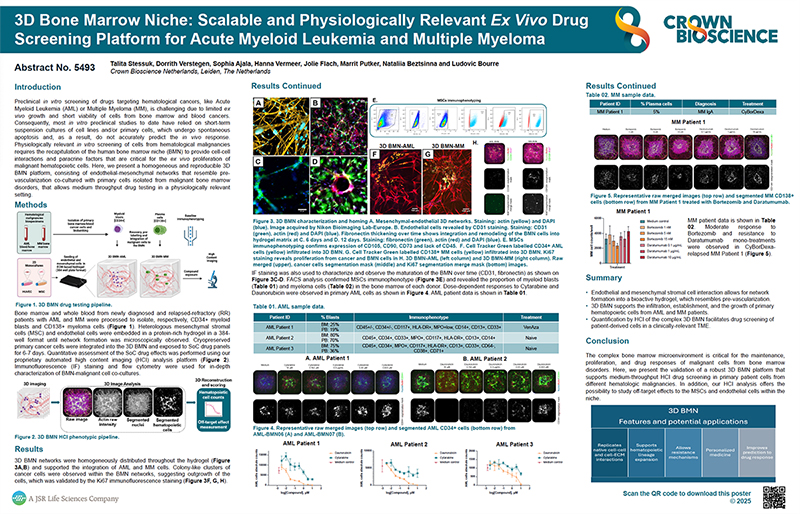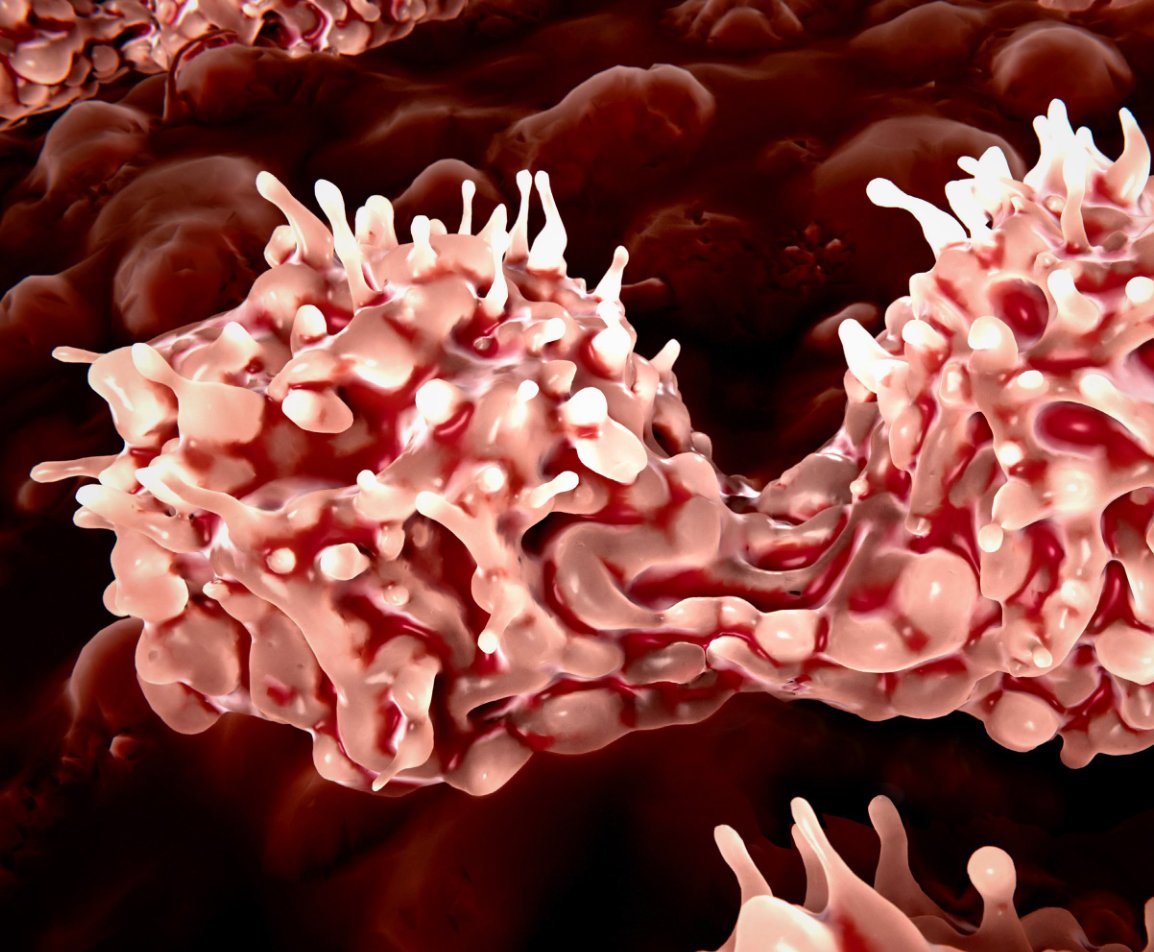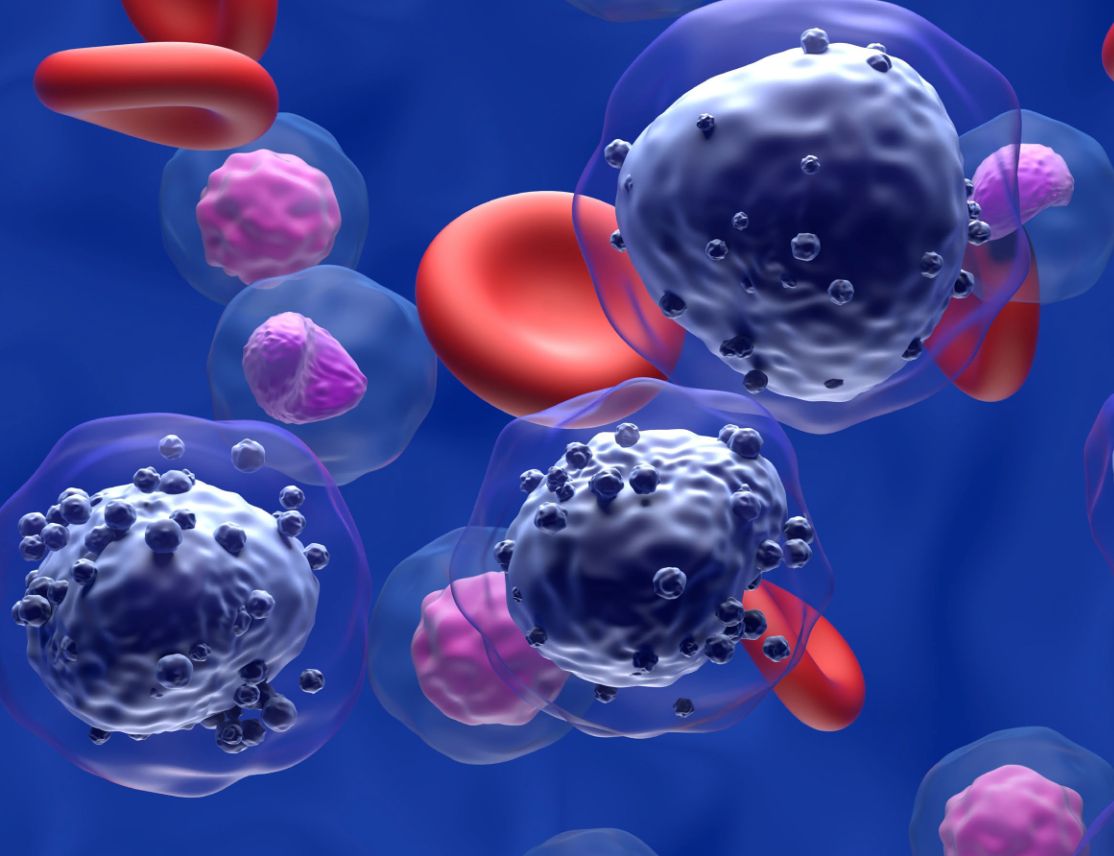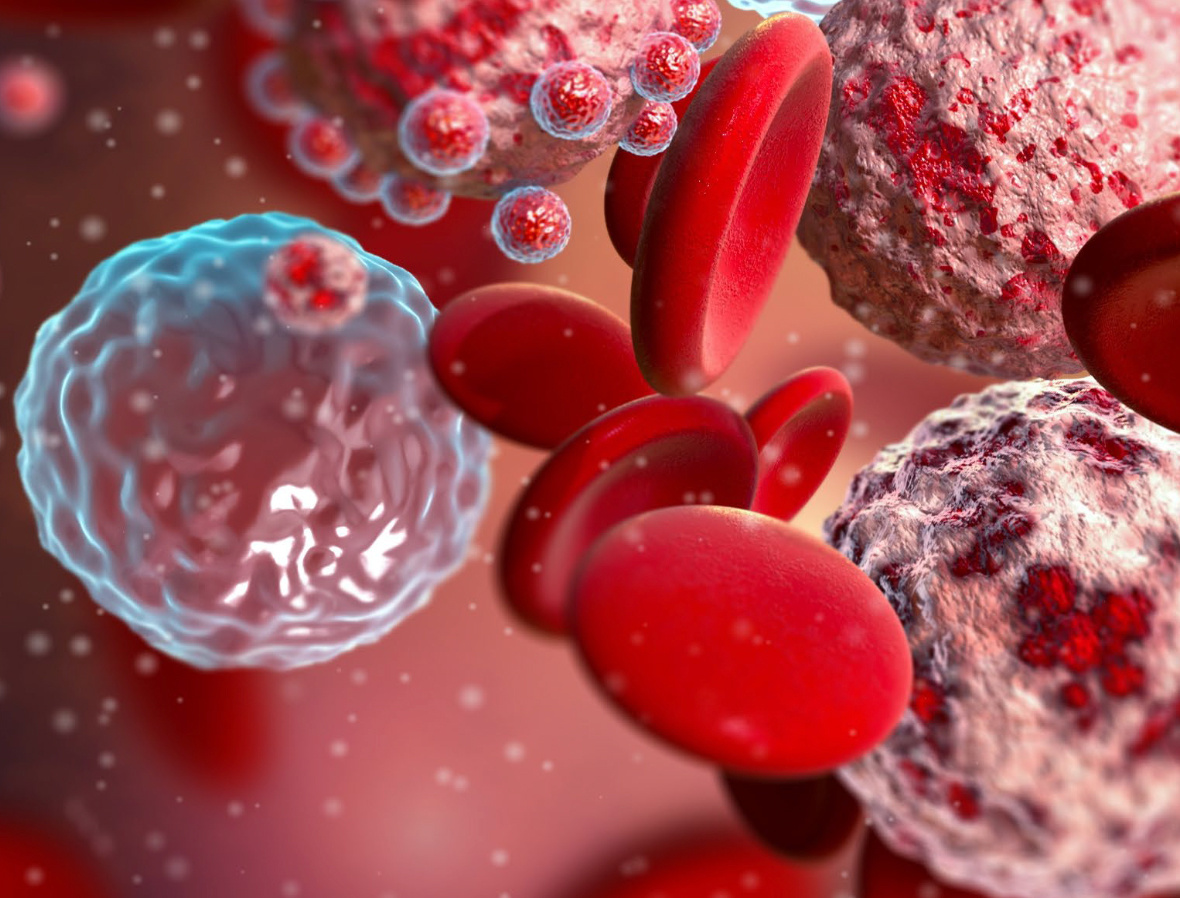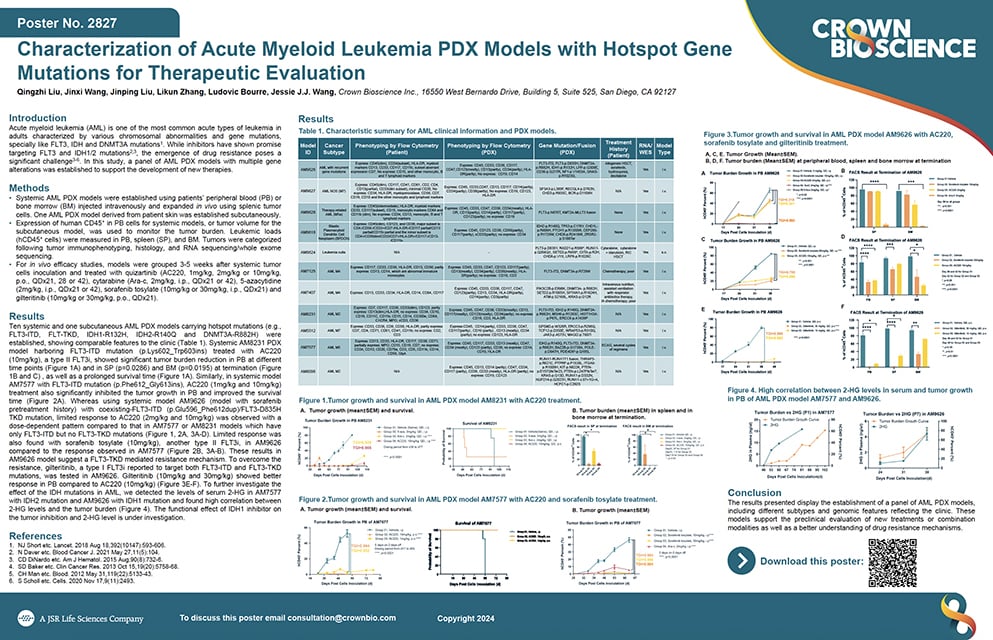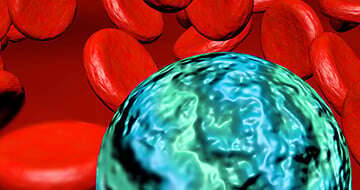Bridging the Gap Between In Vitro Models and Clinical Outcomes
One of the key challenges in hematopoietic drug development is the lack of reliable in vitro models that accurately predict drug efficacy and toxicity. Conventional growth factor-based cultures fail to sustain long-term HSPC function, and while stromal feeder layers provide some support, they lack the structural complexity of the native bone marrow microenvironment which is critical to recreating cancer cell drug resistance.
This deficiency in physiologically relevant in vitro models hinders early-stage hematopoietic drug discovery, making it challenging to assess cell-cell and cell-matrix interactions, therapeutic responses, and toxicity accurately. As a result, researchers face difficulties when transitioning from cell lines to patient-derived samples or in vivo models, increasing the risk of late-stage drug failure and limiting the development of effective hematopoietic therapies.





